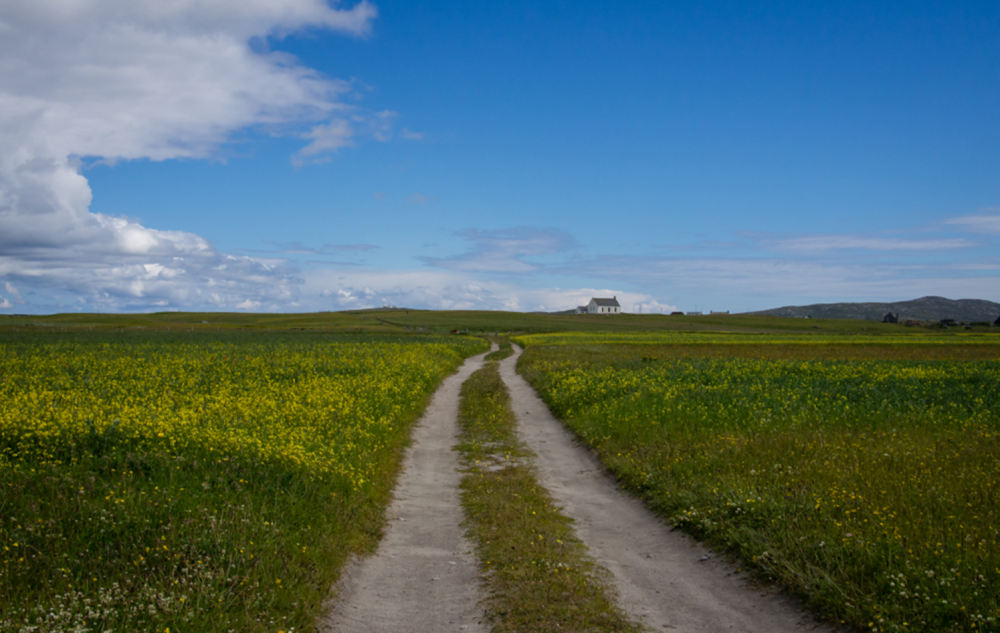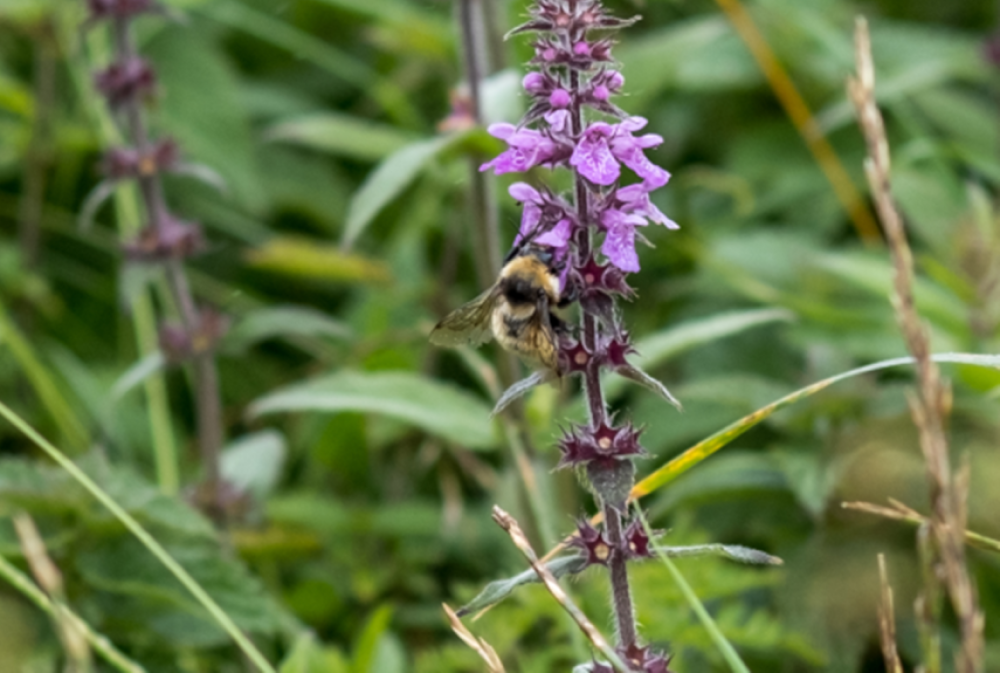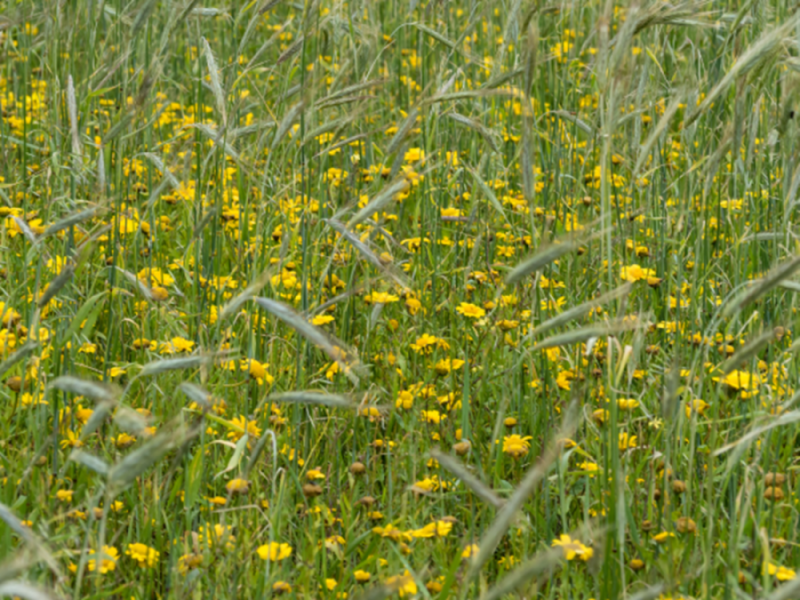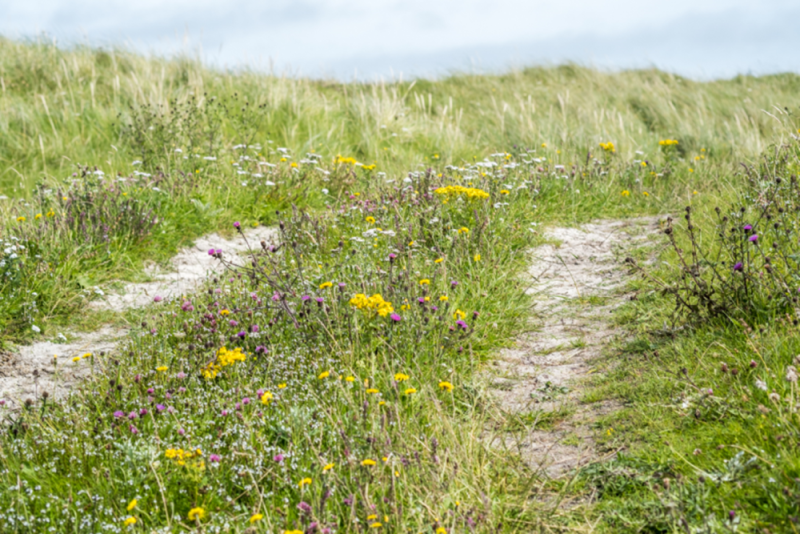Land Management for Machair
28 August 2023Machair is fertile low-lying grassland dominated by grasses and herbs. It is unique to the north-west of Scotland and Ireland and is one of Europe’s rarest habitats.
Found along the coast, it is an accumulation of shell sand with organic material moulded and spread by the wind and managed by people and livestock. Most machair systems grade into sand dunes towards their seaward edge and often into peat bogs in the interior.
The machair has a high biodiversity value and includes some scarce species. The wild flowers are visually stunning particularly in the Outer Hebrides. Much of it’s high value is reliant on the way that the people manage the land. It often has a high water table during the winter.

Special Species
The machair habitat is home to many special species such as:
Great Yellow Bumble Bee: Only occurs on the most flower-rich machairs and then only choses those that have no summer grazing as it seems to like an abundance of flowers to choose from.
Corncrake: Cropped machair is their preferred habitat. They initially hide within large clumps of nettles or flag iris but as the crop grows they move into the standing crop in order to breed and feed.


Threats to Scotland's Machair

Erosion: Machair is a very fragile habitat which is easily damaged by vehicles. Heavy vehicles, in particular, such as campervans and tractors break up the thin vegetated layer allowing the wind to blow the sand out during the winter. Once the machair starts eroding it is difficult to stop because of the harsh winter weather.
Over and under-grazing: Grazing has a large effect on machair vegetation by reducing the height of the vegetation and changing the diversity of plant and invertebrate species. Grazing removes some of the rougher vegetation allowing the flowering species to thrive. Under-grazing allows the rougher grasses to dominate, out-competing the wildflowers and producing much less floristic diversity. Intensive grazing which starts breaking through the vegetation layer causes erosion.
Machair Management
Machair grassland has been modified by man throughout its development. If you are in the Outer Hebrides stick to a traditional cropping regime where it is traditional. In other places graze the machair during autumn and spring but restrict summer grazing to allow the plants to flower and set seed. Traditionally, machair supports extensive grazing regimes and unique forms of cultivation that rely on low-intensity systems of rotational cropping. This traditional agriculture sustains a rich and varied dune and important arable weed flora.
Key Messages
Don’t overgraze, abandon or abuse this fragile habitat. Machairs require grazing to support this specialised plant community along with the wildlife which depends on them. If you can give machairs a summer grazing break that allows the species to thrive and improves biodiversity. Managing them sensitively will help to combat the biodiversity crisis.
Further Sources of Information
Helen Bibby, SAC Consulting
Sign up to the FAS newsletter
Receive updates on news, events and publications from Scotland’s Farm Advisory Service
